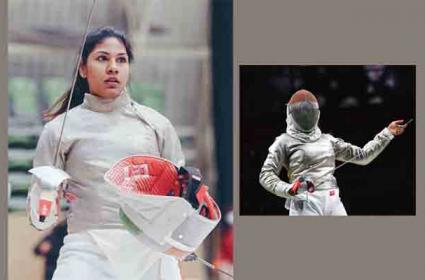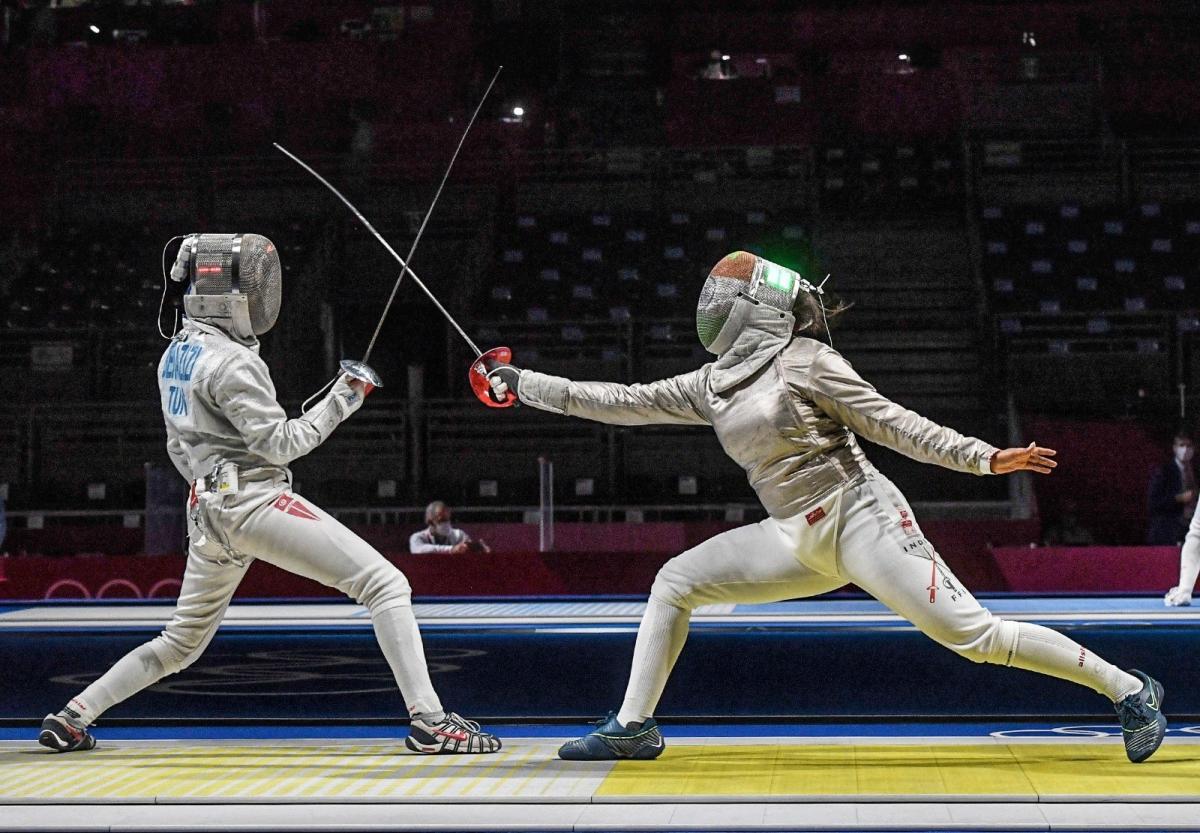What is Fencing, The Game in Which Bhavani Devi Won Gold For India

Fencing is relatively a new sport for India with few training centres, across India. However the niche sport which started in India in 1974 was recognized by the Indian Government in 1997. The Fencing Association of India is affiliated with the Indian Olympic Association, Asian Fencing Confederation, Commonwealth Fencing Federation and Fédération Internationale d'Escrime.
But the sport gained recognition after India's international sabre fencer Bhavani Devi qualified for the Tokyo Olympics and also for clinching the gold medal in the recently held Commonwealth Fencing Championship in London, defending the title she won last time.
Bhavani Devi( 27) from Chennai is the first Indian fencer ever to make the cut for the Olympics and is ranked No 42 in the world.
Fencing was one of the first sports to be played in the Olympics. But not many people in the country know much about this nobleman’s sport which was all about sword duels, blood and gore earlier.
The word fencing was originally derived from the Latin word “defensa,” meaning protection. Fencing is all about varying skill levels and the strategies used by the players against their opponents. It required a great amount of physical endurance, agility, and accuracy.

There are three forms of modern fencing, each of which uses a different kind of weapon and has different rules; thus the sport itself is divided into three competitive scenes: foil, épée, and sabre.
A foil is a blade used for pointing and thrusting. Its blade is rectangular in shape, and the entire weapon measures around 110 cm long. The foil evolved from the court sword, which was ideal for both attacking and protecting given its shorter, stronger build.
The target area of a foil is only the torso. In the front, the target area covers from the shoulders to the groin, and in the back from the shoulders to the waist. The arms, legs, and head of an opponent are off-limits.
The épée was fashioned after a dueling sword. As such, a bout of épée fencing goes on much as a real duel might have. The épée is the heaviest of all the fencing swords and features a larger guard to better protect the sword hand. Its blade is triangular.
During an épée bout, there is an anything-goes sort of attitude. There is no defined target area that a fencer must keep to. Instead, the entire body is open to strikes. To earn a point a touch must still come from the tip of the blade, making it a pointing and thrusting type of bout.
Derived from the slashing cavalry sword, a sabre is made to be a point and thrust weapon as well as a cutting weapon. It is a bit shorter than its counterparts at around only 105 cm in length but has a similar weight as a foil.
Sabre fencing is a mad dash for points and can be much more aggressive than the other two disciplines.
The target area starts at the top of the head and goes all the way down to the hips in the front and the back. The arms also count as a valid target.
Unlike in foil and épée, points can be won by using the edges of the blade as well as the tip.
Conduct
A fencing bout takes place on what is called a "strip" or "piste”, about 14 meters long and 2 meters wide.
Two fencers' weapons are each wired by a cord through their sleeve to an electric scoring machine paired with their opponent.
Fencing gear
Fencers wear a metallic garment called a lamé (except in the case that epeéists, who do not wear a lamé. They test by touching the point to the guard of their opponent's weapon).
They stand at their starting lines 4 meters apart, salute the opponent, put on their mask, and get in the en garde position, facing their opponent.
The referee then calls the beginning of the bout. Fencers remain facing the direction of their opponent and are not to leave the strip during the bout.
Points
The referee halts play when an action is completed and determines each time which fencer won a touch until a winner is determined.
In regular/preliminary competition between two fencers, the bout continues until one fencer has scored five touches. In the direct elimination (DE) round of a tournament, it can go to 15 points.
When the bout is over, both fencers return to their starting lines, remove their masks, salute each other, and approach to shake hands. (Inputs DNA India, Google)
Also Read:The torchbearer of Indian fencing, Bhavani Devi wins gold in the Commonwealth Fencing Championship
Read More:

‘NWHL provides a platform for our top women's hockey talent to show their skills’, says Bhola Nath Singh

IPL 2024: Sometimes it works, sometimes it doesn't work, says R Sai Kishore on being held back till 19th over




















